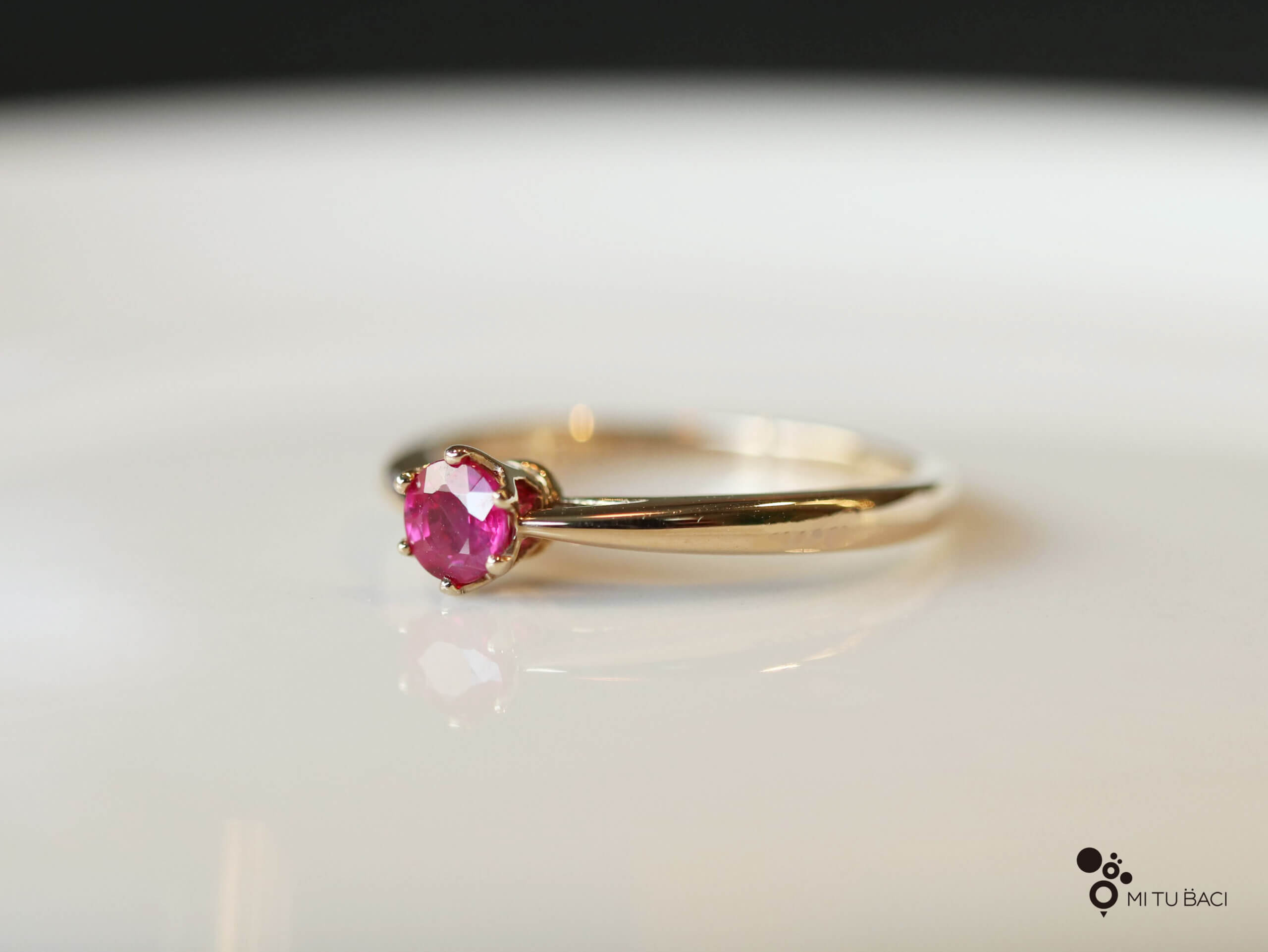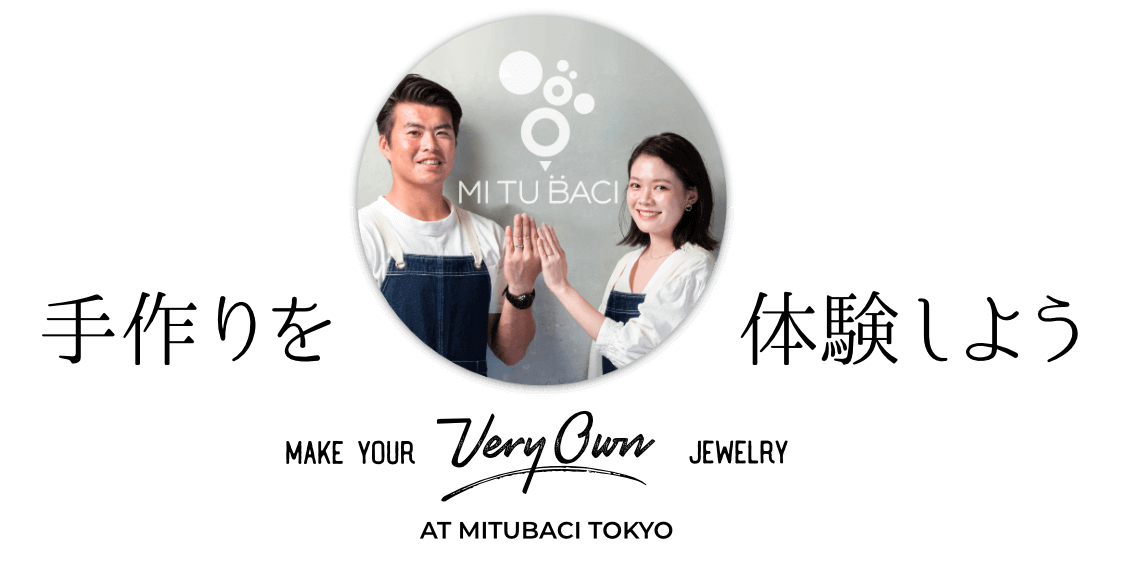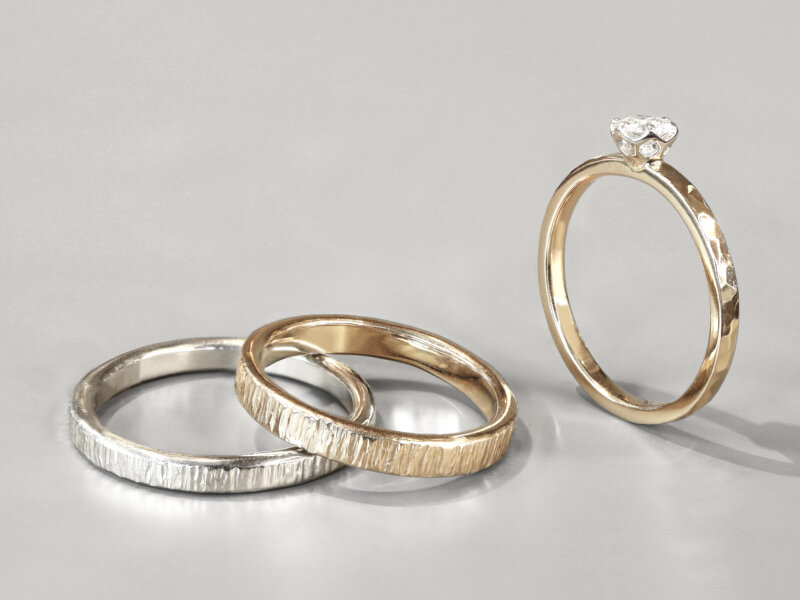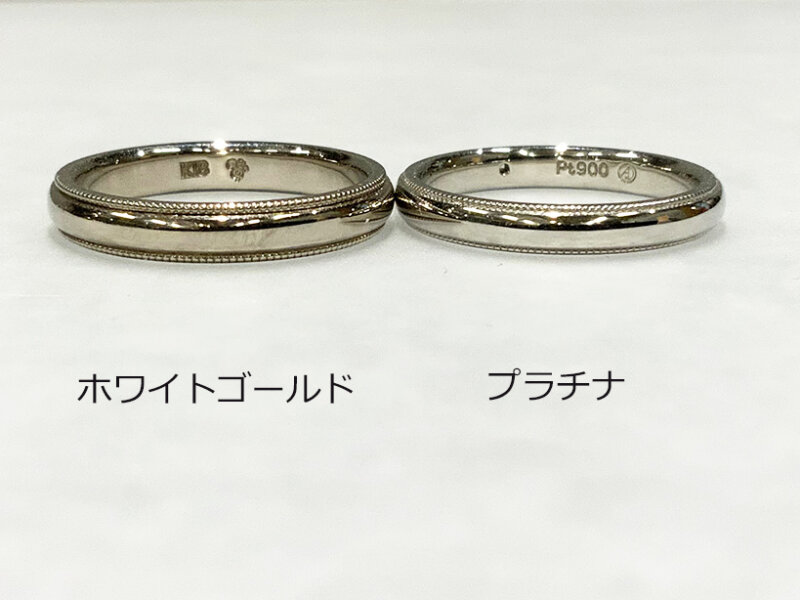In this issue, I would like to talk about rubies.
Ruby is the birthstone for July, the same as carnelian and sunstone.
Its Japanese name is "Kogyoku" (meaning "red jade").
It has a Mohs hardness of 9, with no wall fracture, and a toughness of 8, which surpasses diamonds at 7.5.
In terms other than Mohs hardness, the stone is stronger than diamonds.
Because of its clear color and strength, it has been one of the most valuable gemstones from ancient times to the present.
Origin of the Ruby Name
The name "ruby" is derived from the Latin word "ruber," meaning red.
Ruby, which bears the red name over other stones, is one of the most valuable gemstones in the colored gemstone market, so ruby always attracts high attention in the colored gemstone market.
It is the most representative of red stones, so many people may be familiar with it.
The color can be orange-flavored red to monochromatic red to reddish-purple-flavored red.
Rubies with strong colors are often mined in the Asian region, and the best rubies from Mogok are called "pigeon blood" because of their deep red color.
The strong red color is associated with the power and passion of human beings, and it is said to have appeared in the book of Exodus in the Old Testament, and was also considered important in ancient Hinduism. In ancient India, it was used as an amulet for warriors, and it can be said that this gemstone has been deeply involved in the history of mankind since ancient times.
I would like to talk a little more about rubies, which are full of such mysterious charms.
Ruby as a mineral
Ruby is the trade name and the mineral name is "corundum.
Sapphire, the birthstone for September, belongs to the same "corundum" family and is in fact the same ore.
The clear difference is in the color, with rubies being the strongest reds and sapphires being the others. Sapphires come in a variety of colors and are called "colored sapphires (also known as fancy sapphires). Violet, green, yellow, orange, pink, purple, and many other colors are available.
The reason for the difference in color is the difference in the components contained in rubies and sapphires.
Corundum is a mineral composed of aluminum oxide crystals and is usually colorless and transparent. It is usually colorless and transparent, but when it contains other components (commonly known as impurities), it takes on a colorful appearance.
When corundum contains chromium (鉻), it turns red and is called ruby. Conversely, the presence of iron and titanium in corundum produces a blue color, resulting in a blue sapphire.
Chromium (鉻) is a relatively rare element on the earth, and it is necessary to have a lot of it to produce a strong red color, which explains why rubies are so rare.
The difference between pink sapphires and rubies on the market, then, is said to be the difference in chromium (鉻) content.
The general standard for judging a ruby is when the chromium content is around 1% of the stone, and when the chromium content is around 0.1%, the ruby is classified as a pink sapphire because of its gentle pink color with a lighter reddish hue.
However, since each stone is a natural stone, its content differs from one another, making it difficult to establish clear criteria for judging it.
Rubies are basically more expensive than rubies, so some stores sell even light-colored rubies as rubies.
Ruby origin: Top quality Myanmar/Mogok ruby
Rubies are mined in various regions, among which rubies from Myanmar are highly sought after. There are several areas in Myanmar where rubies are excavated, and there are several famous mining areas such as "Mon Su," "Nam Yar," and "Mogok. Among these, the highest quality and most highly regarded rubies are those from Mogok.
Among them, rubies with particularly strong red color and high transparency are commonly known as "pigeon blood," and most of the rubies that have been historically evaluated are said to be from Mogok.
The Mogok Mine has a long history and is said to have been mined since the 6th century.
Mining has been active since the 15th century, and although regulations were once strictly enforced due to excessive mining, deregulation began in the 1990s, leading to active export activities. Even today, there is a large lake formed by rainwater that collects in a large ditch created by mining in the past.
Apart from Myanmar, other sources include China, Sri Lanka, Thailand, Vietnam, Cambodia, Tanzania, Madagascar, and Mozambique.
Ruby Rarity and Artificial Rubies
High-quality rubies are basically characterized by their beautiful color and transparency, the absence of fatal inclusions that would impair the gem's quality, and the fact that they are untreated.
As mentioned above, rubies must contain high levels of chromium (鉻), a relatively rare element on the earth, to produce good color, and they tend to have more inclusions than sapphires. Therefore, natural, untreated rubies of the highest quality are very rare.
The ruby, which attracts strong attention from people due to its rarity, is the first gemstone to be synthesized by people in pursuit of high quality.
Today, synthetic synthetic stones are made by various methods, but the oldest and most widely distributed method is called the Bernoulli method.
The Bernoulli method, also known as the "flame melting method," is a production method announced by the French scientist Bernoulli. In this method, crystals are grown by melting raw material powders while dropping them in small quantities into a mixed flame of oxygen and hydrogen. This method is often used because it contains almost no inclusions and is inexpensive.
The ruby has been in circulation since the end of the 19th century, and was initially sold without being labeled as a synthetic stone, which caused a big problem in the ruby industry because it was indistinguishable from natural stones.
Today, however, gemology has advanced and spread dramatically since that incident, and gemstones are sold with a clear indication of whether they are natural or synthetic, and can be easily identified when submitted to an appraiser.
Other natural stones with poor coloration can be heat-treated to improve their color. Very few natural untreated rubies are highly colored, and when they are mined, they are very expensive. Since 99% of rubies on the market are heat-treated, it is safe to assume that almost all natural rubies you see have been heat-treated.
Make your own ruby jewelry
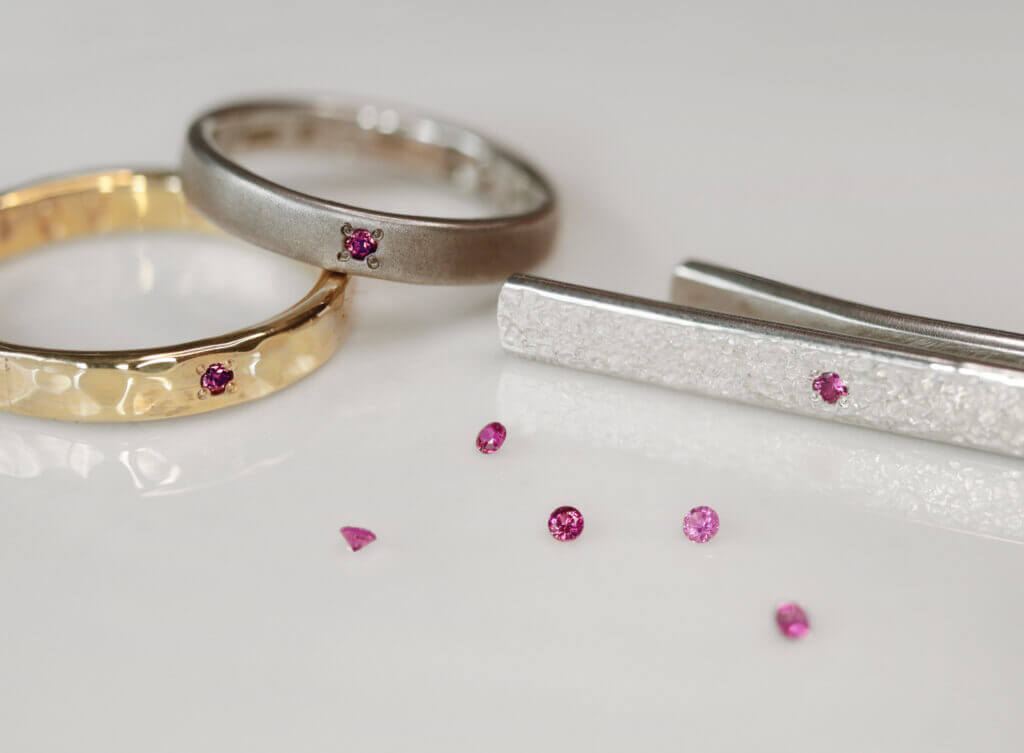
MITUBACI uses natural heat-treated rubies. Our craftsmen check the condition of each piece when they purchase it, and only the best quality rubies are fastened.
It is no exaggeration to say that rubies have attracted people for many years because of their rarity and beauty, and that they have accompanied human technology and history.
At MITUBACI, you can also fasten rings, pendants, and bangles that you have experienced making in workshops. In addition, birthstone rings carefully crafted by our artisans use large stones whose beauty can be strongly appreciated. It has an eye-catching volume that is recommended as a gift.
Why not experience the strong charm that rubies exude once?
